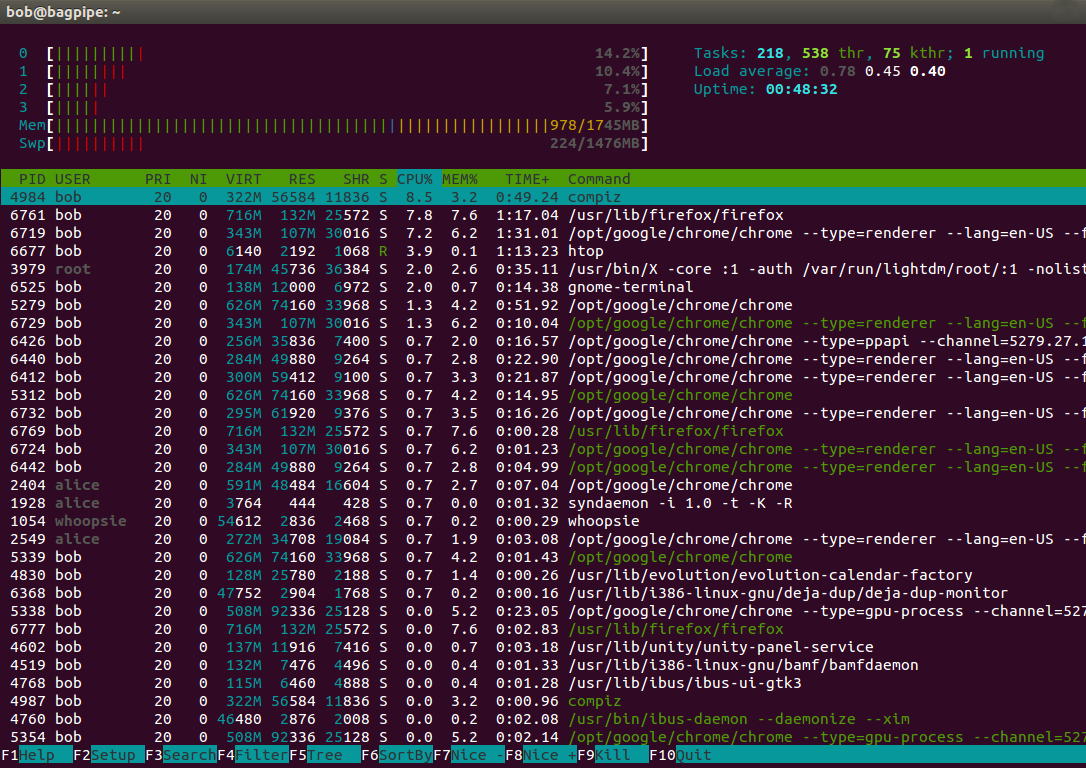

In this setup, the metrics systemd_process_resident_memory_bytes, systemd_process_virtual_memory_bytes and systemd_process_virtual_memory_max_bytes would probably be the interesting ones.Ĭgroups (all of this depending on v2) have a file system under /sys/fs/cgroup in which you can query a lot of information.

That way we don’t start panicking when the server says 99% of memory is being used, but in reality that memory is being used by the Linux page cache.Based on the answer by Halfgaar, doing the simple hacky way but without systemd status | grep somethingįirst I would strongly advise using a monitoring solution of some kind - installing Prometheus systemd-exporter should be quite easy and running Prometheus on any other machine to retrieve the stats should be to - could even be on a device at home/corp for just as long as you debug this issue. When kbmemused is over 917504 KB or 896 MB, and kbcached is under 131072 KB or 128MB this command will output the memory usage stats from sar.ĭoing it this way we can ensure that we’re only looking at times when our actual free memory on the server has dipped below 128MB. The command below goes through your sar logs and shows anytime that your server’s memory is spiking. The kbcached column shows how much memory was cached. The %memused column shows how much memory was used as a percentage of total memory available. The kbmemused column shows how much memory was used. The kbmemfree column shows how much memory was free.


 0 kommentar(er)
0 kommentar(er)
